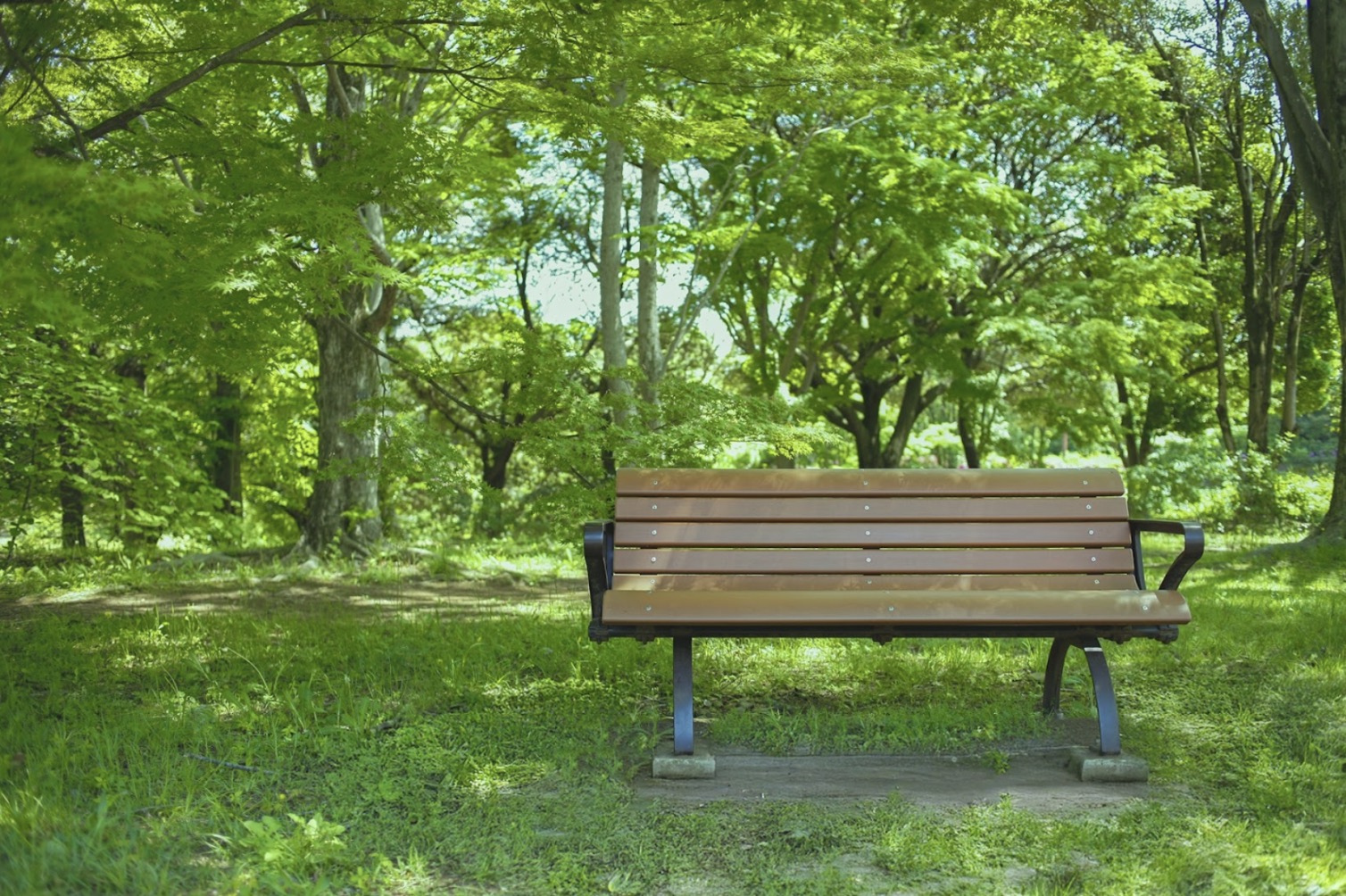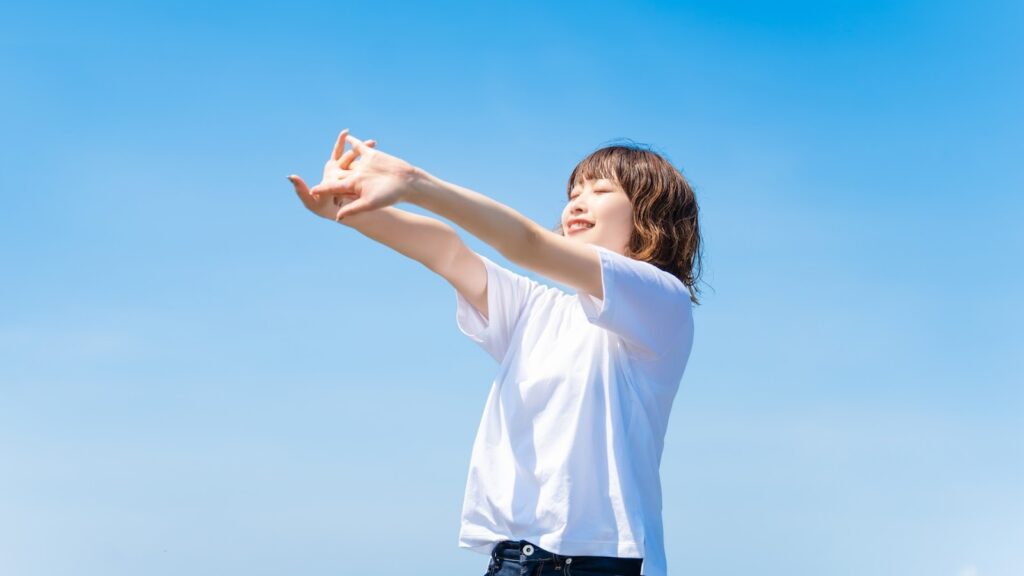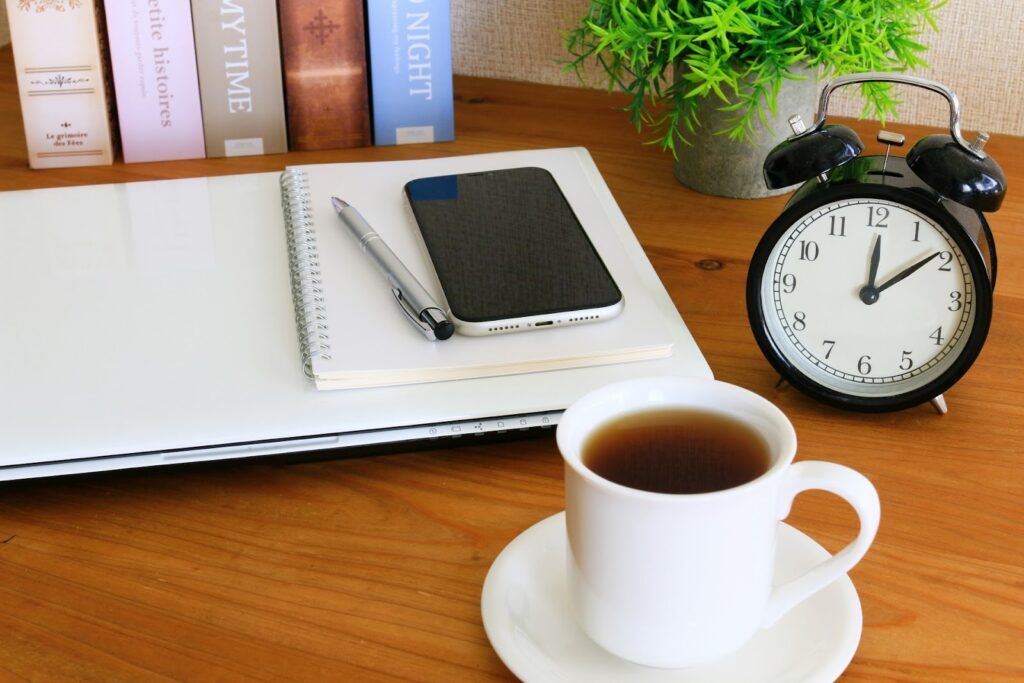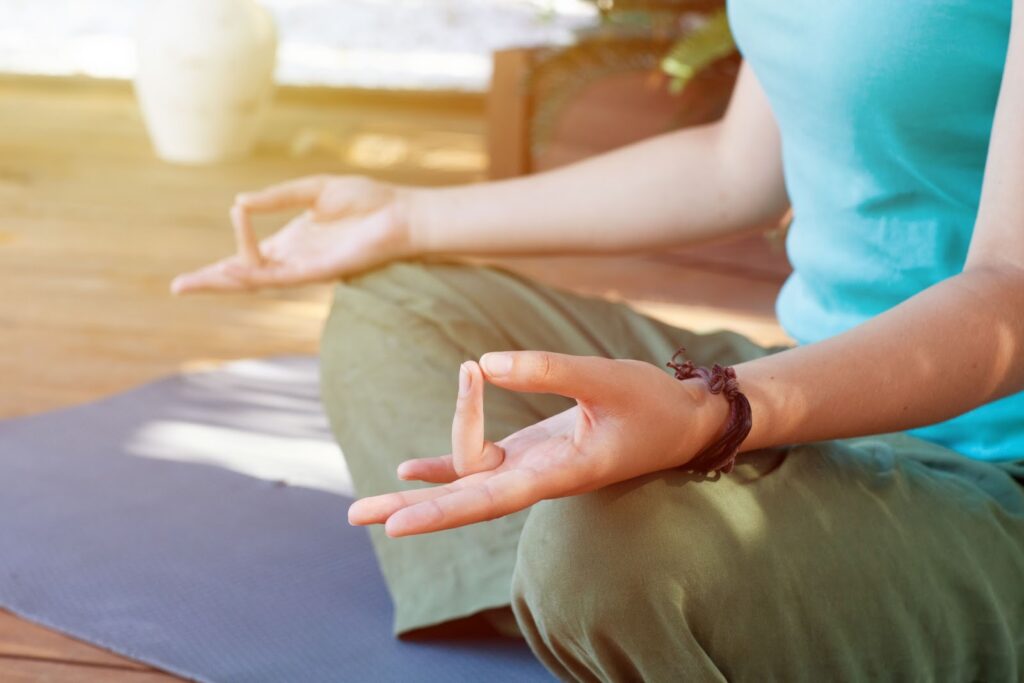How to Relax Anywhere: Breathing and Meditation for Sleep

Quick Summary
Learning how to relax is more important than ever in today’s fast-paced world. Relax techniques supported by science—like breathing exercises, meditation, and sound—can help you ease stress, improve sleep, and regain focus at work. This article explores why relaxation matters, practical ways to relax, and how the Gassho app connects ancient chanting with modern well-being.
- Science-based: Relaxation calms the nervous system and lowers stress hormones.
- Practical methods: Simple breathing and meditation you can do in minutes.
- Better sleep: Relax before bed with guided practices.
- Work relief: Short breaks that restore focus during busy hours.
- Gassho app: Traditional chanting and breathing guidance from Koyasan monks.
Introduction
When was the last time you truly relaxed without scrolling through your phone or juggling endless to-dos? In fact, many people search for how to relax at night or how to relax at work, reflecting how universal this need has become. In the United States, millions struggle to find calm moments between work deadlines, social obligations, and restless nights. Searching for ways to relax is not about escaping life but learning how to meet it with a steady mind. Whether before bed, in the middle of a workday, or during a stressful moment, breathing and meditation offer a path back to balance.
In recent years, with the rise of smartphones and digital platforms, apps dedicated to relaxation and meditation have become widely accessible. Among them is the Gassho app, which is built around the chanting traditions of Koyasan’s Kongo Sanmai-in monastery. It offers guided breathing, videos that teach Susoku-kan (breath counting), and recordings of traditional chanting—making it easier than ever to bring ancient practices into daily life and discover simple, approachable ways to relax anywhere.
Why Relaxation Matters: The Science Behind Relaxing

Relaxation isn’t just a nice feeling; it’s a physiological reset. When stressed, the sympathetic nervous system (the “fight or flight” response) dominates, raising heart rate, muscle tension, and cortisol. Relaxation techniques activate the parasympathetic system (the “rest and digest” state), slowing breathing and lowering stress hormones.
Research from Harvard Health shows that relaxation practices reduce anxiety, improve cardiovascular health, and support emotional resilience. Neuroscientists like Andrew Huberman also highlight how even a single session of slow breathing can downshift the nervous system. (Huberman Lab Podcast – Tools for Stress & Anxiety). In short, learning to relax is not optional self-care—it is preventive health.
How to Relax: Practical Techniques Anyone Can Try
Relaxation is simpler than most people think. Below are methods backed by both science and tradition, each with easy steps you can try right away.
Breath Counting Exercise (Susoku-kan)
Susoku-kan is a traditional Japanese form of breath counting meditation. It belongs to the broader family of breathing exercises but focuses specifically on following and counting the breath to steady the mind. In the Gassho app, the instruction is simple: inhale gently through the nose and exhale slowly through the mouth. There is no strict timing—what matters is repeating this cycle with calm attention.
How to practice (2–5 minutes):
- Sit comfortably with a relaxed posture.
- Inhale through the nose, exhale slowly through the mouth.
- If you wish, lightly count each exhale up to 10, then return to 1.
- The goal is not perfect counting, but maintaining a steady flow of awareness with each breath.
Progressive Muscle Relaxation (PMR)
By tensing and releasing muscles, you discharge stored physical stress.
How to practice (3–6 minutes):
- Progress from hands → arms → shoulders → face → neck → chest → abdomen → legs → feet.
- For each group, tense for 5 seconds, then relax slowly for 10.
- Notice the difference between tension and release.
Visualization (Guided Imagery)
Breathing calmly while picturing a safe and pleasant place helps the body and mind relax.
How to practice (2–5 minutes):
- Take three slow breaths.
- Imagine a place such as a forest, beach, or temple. Bring in details: colors, sounds, temperature, and textures.
- As you inhale, feel the scene draw closer; as you exhale, allow it to expand.
Mindfulness Meditation
Mindfulness means paying attention to present experience without judgment.
How to practice (3–10 minutes):
- Choose an anchor: the breath, the soles of the feet, or surrounding sounds.
- Each time your mind wanders, gently notice it and return to the anchor.
- Close with one long, slow exhale.
One-Minute Reset
For moments when you only have a short break.
- Look away from your screen and rest your gaze on a distant point.
- Inhale for 4 counts, exhale for 6 counts, repeat five times.
- Roll your shoulders slowly three times, then finish with a deep exhale.
Practice Summary
These methods work even in short sessions, but consistency is the key. Creating supportive conditions makes practice easier.
With smartphones and digital tools, relaxation and meditation apps have become more accessible in recent years. For example, the Gassho app offers:
- Listening to chanting while deepening visualization practice
- Learning Susoku-kan through instructional videos
- Playing gentle chanting before bedtime to prepare for sleep
As a tool, Gassho helps you turn these practices into a sustainable daily habit.
Relax for Sleep: Nighttime Routines That Work

Struggling to fall asleep is one of the most common reasons people search “how to relax.” In the U.S., queries like “relax before bed” and “relaxing techniques for sleep” are especially frequent, showing how strongly people connect relaxation with better rest.
Why Relaxation Helps Sleep
When you prepare for sleep, your body must shift from the sympathetic nervous system (“fight or flight”) into the parasympathetic mode (“rest and digest”). Relaxation techniques trigger this shift: heart rate slows, breathing deepens, and body temperature drops slightly—all signals to the brain that it’s time to sleep. Studies in Sleep Medicine Reviews confirm that relaxation practices reduce insomnia symptoms, shorten the time it takes to fall asleep, and improve overall sleep efficiency.
A Practical Bedtime Routine (5–10 Minutes)
Instead of scrolling on your phone or relying on alcohol or sleep aids, try this short routine:
- Dim the lights and put screens away at least 10 minutes before bed.
- Gentle stretches for the neck, shoulders, and lower back (1–2 minutes).
- Breath Counting (Susoku-kan): Inhale through the nose, exhale slowly through the mouth, counting each exhale up to 10 and then starting over. (No strict timing is required—just steady, continuous breathing.)
- Visualization: Imagine a calm setting such as a forest or ocean, and breathe as if you are expanding into that space.
- Lie down quietly, letting your breath and imagery fade into sleep.
Common Challenges and Solutions
- “My thoughts won’t stop racing.” Try Susoku-kan, focusing on the rhythm of counting instead of chasing thoughts.
- “I wake up in the middle of the night.” Return to slow breathing or repeat the visualization—short resets can be enough.
- “Silence makes me uneasy.” Play a gentle background sound, such as soft chanting or nature sounds, to provide a sense of comfort.
Bedtime Summary of Key Points
These methods are effective on their own, but many people find it easier to sustain them with supportive tools. The Gassho app, featuring chanting from Koyasan’s Kongo Sanmai-in monastery, can accompany bedtime routines by:
- Playing quiet chanting as a background sound to create a calm sleep environment
- Providing guided videos that teach Susoku-kan step by step
- Offering short meditation tracks that make it simple to wind down without overthinking
With or without an app, the key is consistency. But for many, having Gassho at bedtime turns the practice into a natural, repeatable habit.
Relax at Work: Stress Relief in Busy Hours

Work stress is relentless: emails, meetings, deadlines. Taking even two minutes to relax can restore clarity. It’s no surprise that queries such as “how to relax at work” are growing, as more people look for quick ways to reduce stress during busy hours.
Why Relaxation Matters at Work
When stress builds at the office, the body often stays in a mild but constant “fight or flight” mode. This increases muscle tension, raises cortisol, and narrows attention. Relaxation flips the switch: it activates the parasympathetic system, lowering heart rate and clearing cognitive space. Research from the American Psychological Association (APA) shows that short mindfulness practices during work reduce perceived stress and improve concentration.
Quick Desk-Friendly Practices (1–5 Minutes)
You don’t need a quiet room or yoga mat—just a few intentional moments at your desk can change your state:
- Shoulder Reset: Inhale while raising your shoulders toward your ears, then exhale and drop them. Repeat three times.
- Screen Break Breathing: Look away from the monitor, fix your gaze on a distant point, and breathe slowly—in for 4, out for 6, five cycles.
- Micro-Mindfulness: Close your eyes for one minute and notice only the sensation of breath at the nostrils. Thoughts may come, but keep returning to the breath.
Common Challenges and Solutions
- “I don’t have time.” Even 60 seconds of slow breathing reduces stress markers—long sessions aren’t always necessary.
- “I’ll look strange doing this at my desk.” Most techniques are discreet. Even keeping your eyes open and simply slowing your breath can calm your system.
- “It doesn’t feel effective right away.” Benefits build with repetition. Think of it like micro-exercise for your nervous system.
Workplace Summary
These quick resets are effective on their own, but their true value comes with consistency. Especially in a busy workplace, even a single minute of intentional breathing or a short mindful pause can restore balance. Work pressure will never disappear, but having a personal way to reset ensures you won’t be overwhelmed by stress and can return to your tasks with steadiness.
Challenges and Misconceptions
Relaxation is sometimes misunderstood. Clearing up these misconceptions helps people approach the practice with more confidence:
- “Relaxing is lazy.” In reality, rest is not the opposite of productivity—it is what sustains it. By downshifting the nervous system, relaxation restores clarity, making work and daily life more effective afterward.
- “I don’t have time.” Many assume relaxation requires long sessions, but even one or two minutes of slow breathing or mindfulness can significantly reduce stress. The challenge is not time, but remembering to pause.
- “Apps can’t replace retreats.” True, but the point isn’t replacement. Apps simply bring elements of structured guidance—like chanting, guided breathing, or short meditations—into daily routines where a retreat is impractical.
- “It should work instantly.” Relaxation is a skill, not a switch. Some effects are immediate (slower heart rate, calmer breathing), but deeper results, like better sleep or reduced anxiety, build with practice over days or weeks.
In short, relaxation is not about escaping responsibility or seeking perfection. It is about creating micro-moments of balance that accumulate into resilience.
Conclusion

Relaxation is not about escaping responsibility—it is about returning to life with steadiness. Through breathing, meditation, or sound, learning how to relax restores balance in sleep, work, and emotional health. Over time, these small pauses accumulate into resilience, helping you meet stress with clarity rather than exhaustion.
The Gassho app offers one bridge between ancient chanting and modern science, making these practices easier to access in everyday settings. It doesn’t replace discipline or retreats, but it provides a doorway—a reminder that calm is already within reach.
Peace doesn’t require a mountain retreat. It begins the moment you choose to pause, take a slow breath, and listen deeply. The first step is often the smallest: one breath, one pause, one moment of listening.
Frequently Asked Questions
FAQ 1: What is the fastest way to relax?
Answer: Controlled breathing is the quickest way—slowing the exhale calms the nervous system within minutes. Visualization and calming sounds can also help quickly.
Real Results: Studies show paced breathing reduces cortisol and lowers heart rate in under five minutes.
Takeaway: The fastest path to relax is through the breath.
FAQ 2: Can meditation help me relax at night?
Answer: Yes. Evening meditation reduces racing thoughts and prepares the body for sleep. Methods like breath counting or body scans are effective.
Real Results: A meta-analysis by Rusch et al. reported that the practice of mindfulness meditation improved subjective sleep quality. (ResearchGate).
Takeaway: Calm the mind before bed, and rest follows naturally.
FAQ 3: What is Susoku-kan breath counting?
Answer: Susoku-kan is a traditional Japanese form of breathing meditation in which you inhale through the nose and exhale slowly through the mouth while counting the breath. Each exhale is counted from 1 to 10, then the cycle starts again. There is no strict timing—the key is to repeat the cycle with calm, steady attention.
Real Results: A review published in Frontiers in Human Neuroscience reported that breath-control practices used in meditation and relaxation lead to psychophysiological benefits, including more stable heart rhythms and reduced anxiety.
Takeaway: Counting the breath anchors awareness in the present, allowing both mind and body to settle.
FAQ 4: Is listening to chanting or sutras relaxing?
Answer: Many people find chanting deeply soothing. The rhythm synchronizes breathing and quiets the mind.
Real Results: A review (A Review on the Effects of Chanting and Solfeggio Frequencies on Well-Being) suggested that chanting and mantra practices can alter brainwave activity and enhance well-being. In addition, a study (Investigating the impact of Mahā Mantra chanting on anxiety) reported that chanting activates the parasympathetic nervous system, leading to reductions in heart rate and stress markers.
Takeaway: Repetitive sound not only feels calming but also engages the body’s natural relaxation response.
FAQ 5: How does the Gassho app help with relaxation?
Answer: The Gassho app offers guided breathing, instructional videos on Susoku-kan, and chanting tracks from Koyasan monks. You can listen to quiet chanting before bed, follow along with breath counting, or use it as gentle background audio for meditation.
Real Results: Many users report reduced stress and improved sleep quality after using Gassho consistently.
Takeaway: Gassho makes traditional practices easy to use in daily life.
FAQ 6: Can I relax at work without leaving my desk?
Answer: Yes. Slow breathing, micro-mindfulness, or stretching shoulders for a minute can reset stress even at your desk.
Real Results: While APA does not publish a specific study of one-minute breaks, their overview notes that mindfulness interventions (including breathing exercises and brief practices) are reliably linked to reductions in stress. Moreover, a study with IT workers found that combining mindfulness and breathing exercises over 8 weeks led to increased mental well-being and perceived productivity. (arXiv).
Takeaway: A few mindful breaths can restore focus at work.
FAQ 7: What is progressive muscle relaxation (PMR)?
Answer: PMR is a method of releasing physical tension by systematically tensing and then relaxing different muscle groups.
Real Results: The Mayo Clinic explains that relaxation techniques such as PMR can calm the stress response by slowing the heart rate and easing muscle tension. In addition, Harvard Health highlights PMR as a helpful practice for reducing tension and preparing the body for sleep.
Takeaway: Alternating between tension and release helps the body absorb a sense of calm and relaxation.
FAQ 8: How long should I practice relaxation each day?
Answer: Even 5–10 minutes a day can be effective. What matters most is not the length, but consistency.
Real Results: A randomized clinical trial found that a single session of mindfulness meditation significantly reduced perceived stress, anxiety, and depressive symptoms. (PLOS ONE). Another study showed that even short sessions of mindfulness meditation improved well-being and lowered stress levels. (Springer).
Takeaway: Consistency matters more than duration—daily practice brings the results.
FAQ 9: How quickly will I notice results?
Answer: Some feel calmer immediately after breathing or meditation, while deeper changes like sleep quality improve over days or weeks.
Real Results: Reports show many people notice reduced stress within the first week of practice.
Takeaway: Quick relief is possible, but lasting calm comes with practice.
FAQ 10: Can relaxation help with anxiety?
Answer: Yes. Breathing, meditation, and PMR reduce anxious symptoms by calming the nervous system.
Real Results: According to Harvard Health, a study found that participants in an eight-week Mindfulness-Based Stress Reduction (MBSR) program reduced anxiety symptoms by about 30%—a result comparable to the group treated with anti-anxiety medication.
Takeaway: Relaxation practices are not a substitute for prescribed treatment, but they can serve as powerful complementary tools for managing anxiety.
FAQ 11: Can children learn to relax?
Answer: Absolutely. Breathing techniques and guided audio can help children reduce anxiety and improve their sleep.
Real Results: School-based mindfulness programs have been shown to yield small to moderate reductions in anxiety and stress among students. (MDPI+2link.springer.com).
Takeaway: Even for children, simple practices can support calm and resilience when introduced thoughtfully.
FAQ 12: Is relaxation different from meditation?
Answer: They're related but not identical. Meditation is one form of relaxation, while “relaxation” also includes slow-breathing, PMR, imagery, and calming sound. Meditation emphasizes awareness; relaxation is a broader set of practices that downshift the nervous system.
Real Results: Government overviews note multiple relaxation techniques—including slow breathing and PMR—reliably reduce stress. (NCCIH).
Takeaway: Many paths lead to calm—choose what fits you.
FAQ 13: Can relaxation reduce high blood pressure?
Answer: Yes—especially with consistent practice.
Real Results: Reviews report that slow-breathing can modestly reduce blood pressure, and a network meta-analysis found most relaxation interventions lowered systolic and diastolic BP at short-term follow-up (≤3 months) in people with hypertension. (NCCIH).
Takeaway: Relaxation supports both mental well-being and healthy blood pressure.
FAQ 14: Is relaxation safe during pregnancy?
Answer: Generally yes. Gentle practices (breathing, mindfulness, imagery) are considered safe; avoid intense or restrictive techniques and consult your clinician.
Real Results: A systematic review/meta-analysis found prenatal relaxation improved maternal mental health and was associated with improved newborn outcomes (e.g., birth weight). (PLOS).
Takeaway: Calm supports both mother and child.
FAQ 15: What if I can’t stop my thoughts while trying to relax?
Answer: Totally normal. Don’t force thoughts away—notice them and gently return to the breath or sound.
Real Results: A dismantling RCT showed that adding acceptance training to mindfulness reduced stress reactivity more than monitoring alone. (Sciencedirect).
Takeaway: The goal isn’t silence, it’s steadiness.
FAQ 16: Can relaxation help manage pain?
Answer: Yes. Breathing and mindfulness can reduce the perceived burden of pain and improve coping.
Real Results: Clinical resources describe mindfulness for chronic pain and explain how relaxation techniques lower stress physiology. (Mayo Clinic).
Takeaway: Relaxation doesn’t erase pain, but it eases its burden.
FAQ 17: Does relaxation improve focus for students?
Answer: Yes. Mindfulness and breathing support attention and self-regulation, which can translate into better academic performance.
Real Results: A systematic review/meta-analysis found mindfulness interventions improved students’ GPAs versus controls. (Frontiers).
Takeaway: Relaxation sharpens the mind for learning.
FAQ 18: Can relaxation improve productivity?
Answer: Yes. Short, intentional breaks can restore energy and reduce errors.
Real Results: A review of 80+studies links breaks to higher well-being and performance; lab work shows well-designed breaks boost post-break task performance. (Harvard Business Review).
Takeaway: A calm mind works smarter, not harder.
FAQ 19: Is it safe to use relaxation instead of medication?
Answer: Don’t replace prescribed care. Relaxation works best as an adjunct alongside treatments recommended by your clinician.
Real Results: APA clinical guidelines emphasize evidence-based treatments by age cohort and the thoughtful use of adjunctive approaches; public health overviews advise consulting your provider before replacing conventional care.
Takeaway: Relaxation is supportive, not a substitute for medical care.
FAQ 20: Why choose the Gassho app over other meditation apps?
Answer: Gassho is unique in combining authentic chanting from Koyasan monks with breath guidance and instructional content. It allows you to listen before bed, learn Susoku-kan step by step, or use chanting as a calming background for mindfulness.
Real Results: Many beginners report finding chanting more engaging and sustainable than silent meditation.
Takeaway: Gassho blends tradition and accessibility in a way that stands out.
FAQ 21: Is it okay to drink coffee or tea when I want to relax?
Answer: Caffeine in coffee or strong tea is a stimulant and can interfere with relaxation, especially if consumed late in the day. Herbal teas without caffeine, such as chamomile, can support calm.
Real Results: Studies show that caffeine increases alertness and delays melatonin release, making it harder to rest in the evening. Herbal teas like chamomile have been linked to improved sleep quality in clinical trials.
Takeaway: For relaxation, opt for caffeine-free teas; save coffee for times when alertness is needed.
FAQ 22: Does drinking alcohol help me relax?
Answer: Alcohol may create a temporary sedative effect, but it disrupts deep sleep and can increase anxiety once it wears off.
Real Results: Research from the Sleep Foundation notes that alcohol reduces REM sleep and contributes to nighttime awakenings. Harvard Health also warns that regular drinking worsens long-term anxiety and sleep quality.
Takeaway: Alcohol may feel calming short term, but it undermines genuine relaxation and rest.
FAQ 23: Can I play video games to relax?
Answer: Light, casual gaming can be relaxing for some, but fast-paced or competitive games may increase stress and heart rate.
Real Results: A Frontiers article (“Video Games and Stress”) reports that gaming does not uniformly increase stress; the type of game (e.g. puzzle, combat) influences physiological responses.
Takeaway: Choose calming or casual games if you want gaming to support relaxation rather than strain your nervous system.
FAQ 24: How can I make myself relax?
Answer: Start with simple, evidence-based techniques: slow breathing, mindfulness, progressive muscle relaxation, or soothing music. Consistency matters more than intensity.
Real Results: Even short daily practices of breathing or mindfulness have been shown to lower stress hormones and improve mood within weeks.
Takeaway: Pick one simple method, keep it short, and repeat daily—small steps build lasting relaxation.
FAQ 25: Why do I struggle to relax?
Answer: Difficulty relaxing often comes from an overactive stress response, racing thoughts, or overstimulation from screens and caffeine.
Real Results: According to APA’s “Stress effects on the body,” chronic stress leads to elevated resting heart rate, persistent muscle tension, and ongoing activation of the stress response system.
Takeaway: Struggling to relax isn’t a personal failure—it’s often your system responding to prolonged stress. Consistent, gentle practices can help reset that balance.
FAQ 26: Why will my brain not let me relax?
Answer: The brain resists relaxation when it is trained for constant stimulation—through multitasking, endless notifications, or unprocessed stress.
Real Results: Reviews show chronic stress can remodel brain regions such as the amygdala and prefrontal cortex, enhancing stress reactivity and making calm harder to reach. (Openaccessjournals).
Takeaway: With regular practice—like breath counting or mindfulness—the brain can relearn how to release tension and restore calm.
Related Articles
- Harvard Health – Relaxation techniques: Breath control helps quell stress — Scientific overview of how breathing lowers stress response.
- APA – Mindfulness Meditation — Evidence on meditation and stress reduction.
- Sleep Foundation – Relaxation Exercises for Better Sleep — Practical guide for nighttime relaxation.
- Vipassana Meditation — Awakening in Stillness — Exploring traditional insight meditation.
- 5-Minute Mindfulness Meditation with Gassho — Simple daily guide rooted in chanting practice.
- What Is Gassho? The Meaning and Practice of a Timeless Gesture — Introducing the mindfulness app Gassho.
